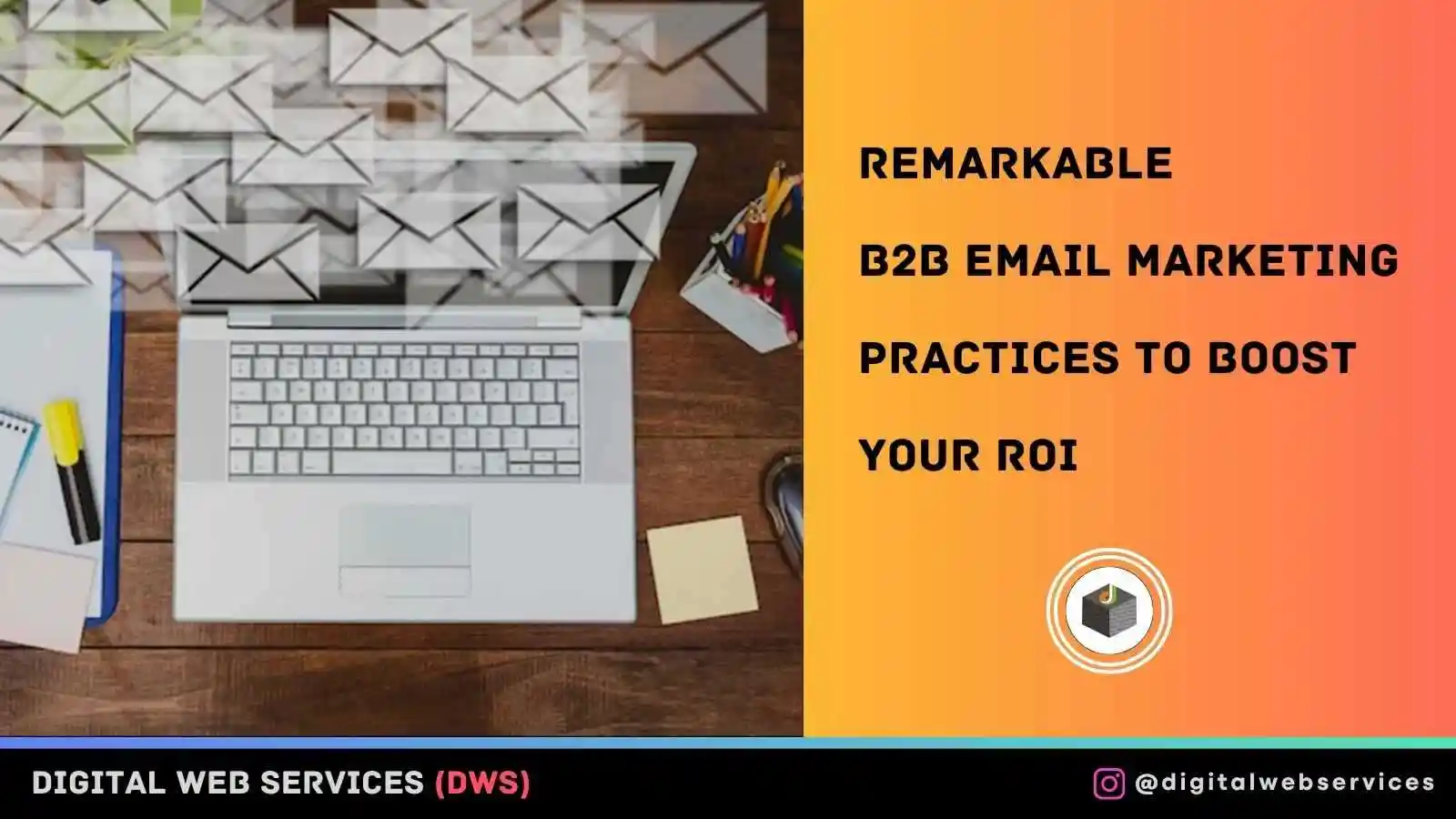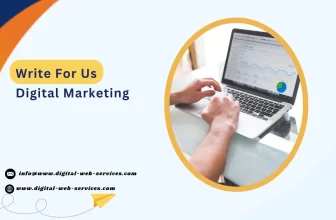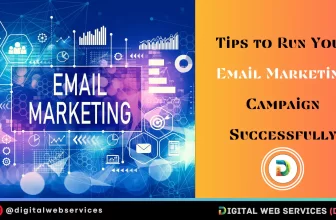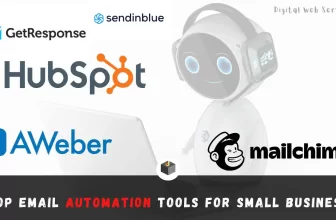
Did you know that email is more effective for B2B marketing than all the social media platforms combined? Well, it’s true.
47% of marketers have stated that email is their preferred channel for business outreach. It goes beyond saying that not all marketers see the same results. A successful email campaign depends on the material it contains, timing, and several other factors.
This article will discuss the eight most important email marketing practices to boost your ROI.
8 Remarkable Email Marketing Practices
1. Create A Customized Email List; Don’t Buy From Third-Party Platforms
Maintaining an up-to-date and relevant email list is one of the essential success factors for B2B email marketing.
Businesses promote their products or services with a carefully created email list, establish brand voices, and share their stories to turn subscribers into customers.
You may find multiple platforms selling readymade email lists, but avoiding them is best. Building an organic email list is crucial to keep bounce rates low and deliverability rates high.
The easiest way to build your email list is by adding sign-up forms on your website. Enabling 2-factor authentication can help you generate more authentic leads.
Here are some other email list-building tactics:
- Lead magnets: Incentives for visitors (free PDF, eBook, reports, tips, etc.) for sharing their email addresses.
- Giveaway: Offering discounts, coupons, credits, etc., for sharing/forwarding newsletters, social media posts, etc.
- Poll/Survey: Organizing a poll or giving out survey forms can increase lead engagement.
2. Create Content That Your Subscribers Want To Read
If you don’t provide value to your subscribers/leads, soon they will unsubscribe from your mailing list.
It would be best if you offered something to your subscribers that is worthwhile to read. The easiest way is using reusable content such as informative guides, quizzes, sharing tips and tricks, etc.
On that note, a value-adding email doesn’t mean a long one. Instead, make your content concise and to the point.
Personalization Is Important To Grab Subscribers’ Attention
Long story short: personalization is the key to your subscribers’ hearts.
A study published by McKinsey & Company states that 71% of customers expect personalized emails from businesses, but 74% get disappointed when they don’t.
Content personalization increases conversions by 10%, so it’s a must for your email marketing strategy.
So, personalize your content based on user data. Start by addressing your subscribers with their first names, for instance.
Nowadays, you can use lead generation and email marketing platforms to gather data about your target audience. Also, you can set up automated behavioral trigger emails.
Aside from email marketing platforms, a crucial aspect of B2B email marketing is capturing data or obtaining user information, usually through the B2B company website. For this reason, website personalization is important. It involves creating a unique user experience tailored to their interests, preferences, and needs, which is effective in boosting customer engagement to maximize revenue generation.
With website personalization, you can boost metrics, such as the click-through rate, email sharing rate, conversion rate, and overall return on investment, for your B2B email marketing campaigns. Use predictive analytics and machine learning to deliver an excellent user experience. This strategy allows you to encourage web visitors to register on your platform, subscribe to a service, or make a purchase. This way, you can collect their information, like name, address, contact number, location, email address, and company name.
3. One Worthy CTA Is Enough
According to Chief Marketer’s Annual B2B Lead Gen Survey data, 87% of email marketers use emails to generate leads and drive sales. But how do you do it?
Adding CTA drives your subscribers to take necessary actions (thus, increasing traffic to landing pages or sales). Although many email marketers rely on a primary CTA and a few small CTAs, it may come off as pushy to your readers.
Instead of adding multiple CTAs, try to add one that is relevant and invokes curiosity.
Here are some examples of CTAs for B2B email marketing:
- Find out more about our products here.
- Download this eBook now.
- Check this whitepaper to learn more.
- Learn more about our tech solutions here.
- Grab your exclusive discount here.
- Participate in our webinar today.
- Read our research report here.
- Check out these statistical findings.
CTAs can vary from one B2B email campaign to another. They depend on the product offering and historical data of CTA’s effectiveness, among other factors.
4. Optimize Your Email Content With Images & Videos
An average office goer receives approx 120 emails per day. A marketer’s goal is to stand out from its competitors to get higher email opens and click-through rates.
Adding images and videos to your email content is a great way to increase readers’ interaction. In fact, including a video in your marketing emails can increase email open rates up to 13% and conversions by 21%.
5. A/B Test Your Emails Before Sending
Split testing or A/B testing is a method of researching user experience. It is done by comparing two emails by their intent and responses.
The benefits of A/B testing are increased email open rates, higher click-through rates, and a boost in conversion rates.
So, before you launch an email marketing campaign, always test your email copies to decide on the subject line, CTA text, email design, etc.
6. Subject Lines Should Be Clear And Interesting
Consider your subject line as the face of your email. This is the first thing your readers will notice. 64% of email users open emails based on the subject line.
So, try to make them catchy instead of writing boring subject lines. You can add a dash of humor or a sense of urgency to increase your email open rates.
However, refrain from using spam trigger words and writing misleading subject lines. On that note, stay as per the internet laws (CAN-SPAM act, GDPR, etc.) to avoid the spam folder.
7. Keep The Timing In Mind Before Sending Emails
The response of your email marketing campaigns directly depends on the timings. Gather audience data and understand your subscribers’ demographics to fix the best time to send emails.
However, experts suggest that 9-11 a.m. is the ideal time to send emails as they see more open rates. Also, Tuesday, Wednesday, and Thursday are considered best for sending emails.
8. Use Email Automation Software
Email automation helps businesses automate the entire process of campaigns. You can set up automated follow-ups to never miss a lead. Email automation tools also help you track an entire campaign and provide you with detailed reports to create future marketing strategies.
Conclusion
B2B email marketing involves numerous steps, and manually handling them can slow the entire process. And there is always a risk of missing leads.
Implement the above-mentioned best practices to improve your email marketing campaigns and automate them.
Digital Web Services (DWS) is a leading IT company specializing in Software Development, Web Application Development, Website Designing, and Digital Marketing. Here are providing all kinds of services and solutions for the digital transformation of any business and website.










